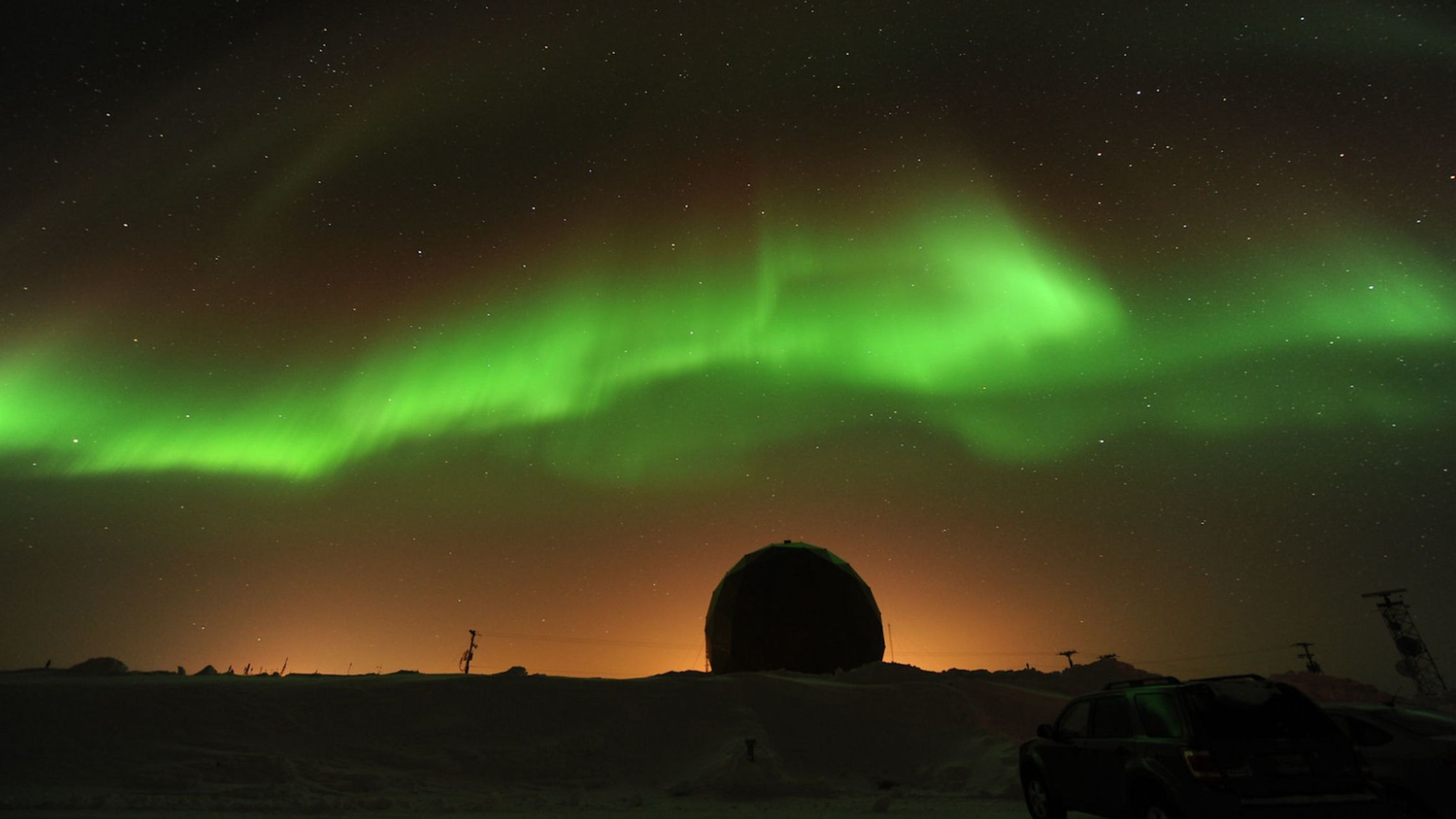Since its birth as an established and accepted scientific concept, meteorology has played an invaluable role on Earth, helping humankind make more informed decisions, bolster logistical and infrastructural planning, and protect lives from impending weather events. The latter has been particularly important as climate change stokes the impact, intensity, and scale of natural disasters and other meteorological threats.
These same factors apply to space weather forecasting, which can hold immense implications for deep-space missions and space-related infrastructure. As the space industry works toward a future centered on astronaut well-being and far-reaching space flight, this niche branch of meteorology remains a cornerstone of research, planning, and economic development.
Understanding space meteorology’s importance
Space meteorology has become paramount for a space sector currently taking some of its most ambitious, unprecedented ideological and infrastructural strides – namely, the prospects of multi-planetary life, space-oriented economic expansion, and groundbreaking research on asteroid and exoplanet composition. Celestial weather factors like geomagnetic storms, coronal mass ejections (CMEs), and solar flares can quickly jeopardize the ability to safely bring these visions to fruition, making them crucial focal points within mission blueprinting.
However, space forecasting also holds considerable potential for natural processes and weather-related events on Earth. Space weather can quickly disrupt satellite-to-Earth communication frequencies, compromise certain airline operations, and create detrimental fluctuations within Earth’s collective power grid. Accurate, comprehensive forecasting can, therefore, help space entities mitigate risks like communication blackouts, harmful electrical influxes, and instances of airline radiation exposure.
Building a safer, more informed future
By many accounts and measurements, space weather now requires humankind’s attention more than ever, with celestial weather becoming increasingly significant for Earth’s immediate stability and well-being.
A 2024 review by the National Weather Service illustrates this fact’s importance for the existing emergency management (EM) community: “There is not consistent or sufficiently broad awareness of space weather and its effects across the emergency management community. The EM community (at all levels, e.g., federal and state through local) needs more consistent education and awareness regarding what space weather is and its impacts.”
The urgency for appropriate educational frameworks comes in tandem with space forecasting’s inherently time-intensive nature, which often relies on sufficient warning times and projections to minimize celestial storm damage. A more informed, educationally rooted foundation can bolster these insights and augment forecasts’ efficacy – down to adjacent natural contributing factors – as highlighted in a 2024 Frontiers study:
“The core problem with current [geomagnetic storm] prediction methods is that they are very effective for short-term forecasts but almost useless for mid-term ones. This is because predicting what is going to happen requires analyzing events leading up to the phenomenon under study, i.e., to the geomagnetic storm in our case – not just studying solar wind conditions once the storm has already started but looking for precursors.”
One cannot overstate the importance of space weather forecasting – both in its contributions to the space industry’s evolution and its implications for Earth’s ever-turbulent future. The sector’s growing patchwork of visionaries will undoubtedly keep such insights central to its boldest aspirations, using them to establish safer, more informed mission planning and execution.






